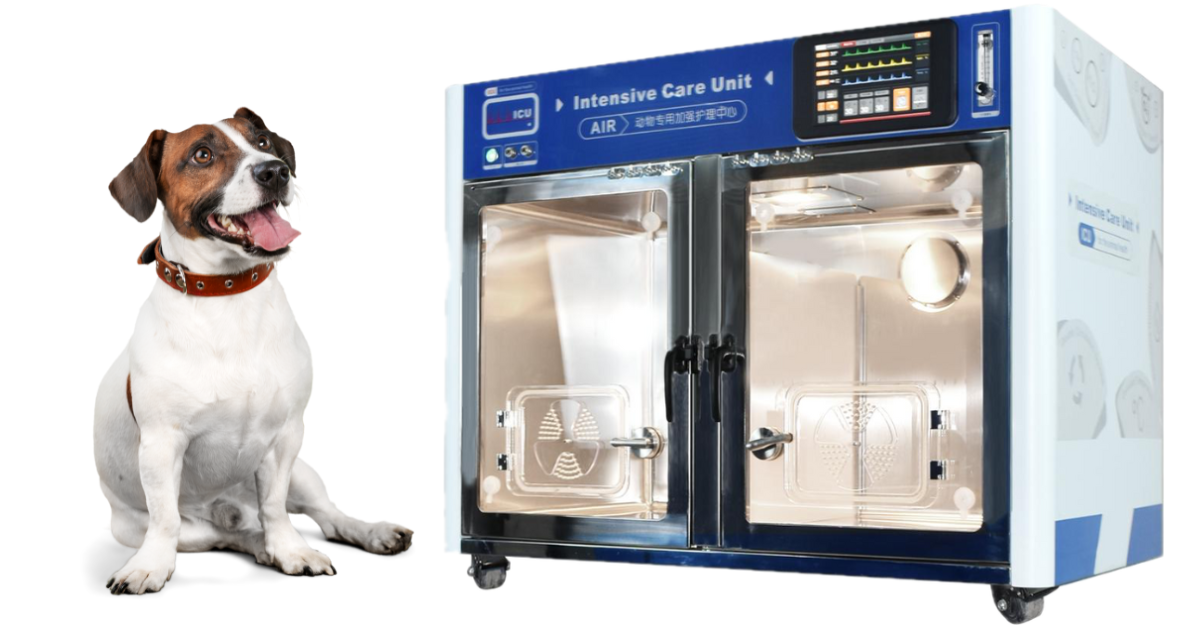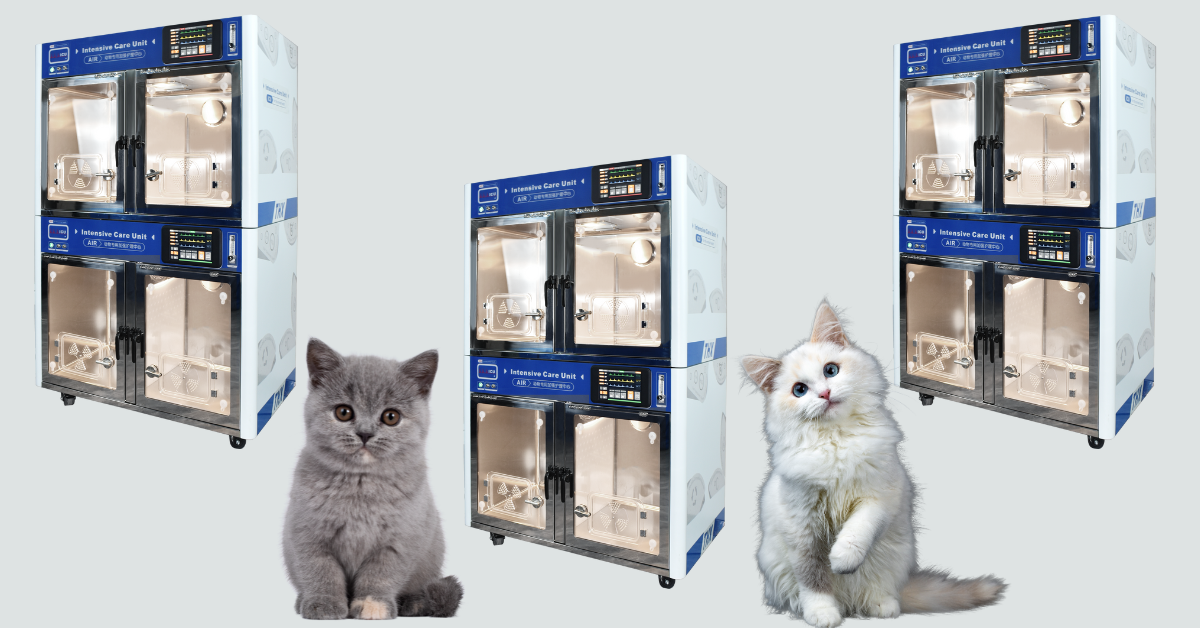Laser therapy has become an increasingly popular and effective treatment option for various conditions in veterinary patients.
Veterinarians are choosing laser therapy as their preferred treatment approach over traditional, less effective treatment options.
This non-invasive and painless procedure uses light energy to stimulate healing and reduce inflammation, making it a valuable tool for veterinary practices looking to provide the best care for their patients.
Let’s unpack a few specific conditions that have seen particularly successful outcomes using laser therapy treatment.
Laser Therapy Treatment in Veterinary Patients with Arthritis
With arthritis being such a common problem in aging canines and felines, this treatment option is an ideal, low-stress way to offer relief.
Patients with arthritis who have undergone laser therapy treatment experienced:
· Reduced joint inflammation
· Increased mobility
· Faster pain relief
Successful results have been shown to improve the quality of life for pets suffering from arthritis, allowing them to move more comfortably and enjoy the activities they love most.
Let’s look a little closer…
Meet Kona, a 10-year-old labrador retriever with difficulty getting up and moving around. His owners are getting concerned about his quality of life. After a thorough examination, his veterinarian recommended laser therapy as part of his treatment plan.
Over a few weeks, Kona received a series of laser therapy sessions that targeted the affected areas in his hips, helping to reduce inflammation and increase blood flow to his joints.
After just a few sessions, Kona’s owners noticed a significant improvement in his mobility and overall comfort. He could get up and down more easily, walk longer distances without limping, and even start playing with his favorite toys again.
With the right combination of laser therapy, at-home care, and follow-up appointments, our patients can experience significant improvements in their mobility, comfort, and overall well-being.
By the end of the treatment plan, Kona’s symptoms had decreased, allowing him to be more active and reducing his pain and discomfort.
Laser Therapy in Veterinary Patients with Skin Infections or Wounds
Laser therapy has been proven particularly effective in patients recovering from skin conditions or puncture wounds.
Whether it's a surgical incision, a bite wound, or a skin infection, this treatment approach can speed up the healing process by increasing blood flow to the affected area and promoting the formation of new, healthy tissue.
Let me introduce you to Kylie…
Kylie is a 4-year-old domestic shorthair who presented with a severe bite wound on her hind left leg.
The exam revealed some infection around the affected area, causing her significant discomfort. Her veterinarian prescribed a series of laser therapy treatments paired with some antibiotics and pain meds.
Kylie's wound showed significant improvement after several laser therapy sessions and consistent wound care at home. The inflammation decreased, and the wound began to heal more rapidly than expected. Kylie's energy levels increased, and she was back to her playful self after just a few weeks
Laser Therapy Treatment in Veterinary Patients with Chronic Pain Conditions
This treatment approach is effective in treating chronic pain conditions like:
· Back and neck pain
· Hip dysplasia
· Stomatitis
By using lasers to target specific areas of pain and inflammation, veterinary teams can provide targeted relief for their patients, sometimes without the need for medications or invasive procedures.
Let’s say hello to Navy…
Navy is an 11-year-old German shepherd who presented with debilitating back pain, making it difficult to walk. He showed signs of stiffness and discomfort as he shuffled into the exam room.
His exam indicated x-rays were warranted, which later revealed some spinal abnormalities.
After discussing some treatment options, Navy’s parents shared that they’d prefer a non-invasive treatment approach. They agreed that laser therapy would be the best next step, along with some anti-inflammatory meds to help manage his pain.
Navy underwent a series of laser therapy sessions targeting the affected areas of his spine.
After a few short weeks, his parents noticed a decrease in his pain level and an increase in his ability to move around more comfortably.
His increased desire to go outside and even brave a small staircase was incredibly encouraging to his parents and veterinary caregivers.
Toward the end of his treatment, Navy experienced some significant progress. His treatment had significantly reduced his pain levels, allowing him to move more freely. His stiffness decreased, and he regained comfortable mobility in his hind legs.
Kona, Kylie, and Navy all highlight the effectiveness and value of laser therapy treatment, which played a crucial role in their healing journeys.
While this treatment option may not be warranted in every case, laser therapy equipment has proven a valuable investment for veterinary hospitals that want to provide the best patient care.
Its effectiveness in treating a range of conditions easily makes it a cutting-edge treatment option for patient care.





















